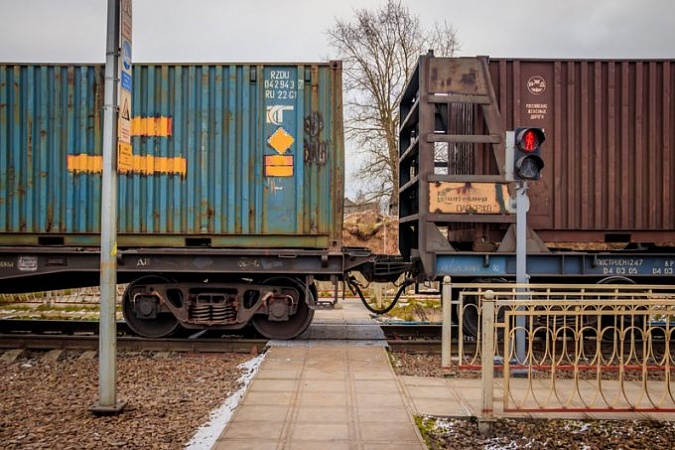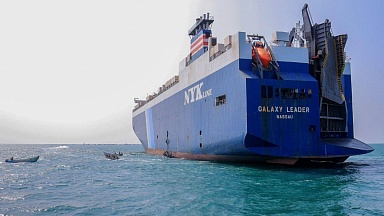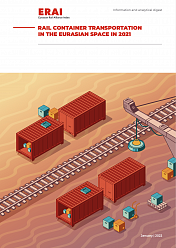The company, jointly owned by the national rail companies of Russia, Belorussia and Kazakhstan, said it was cutting the price of moving empty 40ft and 45ft boxes back to China by as much as 50%, «depending on volume and route».
«I am certain this will bring about new growth points for container logistics,» said Alexey Grom, chief executive.
«Diversion of empty containers towards the rail will balance container flows in the east-west corridor, while stabilising the departure of container trains and increasing the frequency of dispatches.
«Furthermore, this will improve the container turnover rate on the China-Europe tradelane and would help to avert the shortage of containers for loading in China,» he explained.
Asia-Europe container supply chains have come under severe pressure since the onset of the coronavirus pandemic, firstly by effectively stopping export shipments out of China as social lockdowns curtailed post-Chinese New Year transport to ports; and secondly as similar restrictions crippled consumer demand in North America and Europe.
This has been exacerbated by the large number of blank sailings Asia-Europe carriers have been forced to announce in anticipation of the continued declines in demand. And this has led to fears that, even if import containers into Europe are unloaded, there are not enough vessels to return the empty containers to Chinese exporters.
Online container logistics platform Container Xchange recently forecast that empty containers would become increasingly scarce in Shanghai and other Chinese gateways this month.
The problem has become even more pronounced in the perishables sector — yesterday CMA CGM announced an empty equipment imbalance surcharge of $1,000 per unit on shipments from France to Asia.




